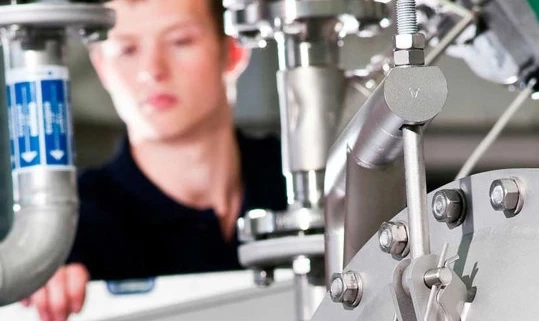UV disinfection systems can be used in various operations. Water obtained from natural sources such as streams, dams, rainwater tanks, and bores may contain harmful microorganisms that can pose a health risk. Health professionals recommend that all water that is naturally sourced should be tested and treated before it can be used for bathing, drinking, filling swimming pools and paddling pools, cooking or food preparation. Some treatment systems can be effectively used to remove contaminants that can cause illnesses. UV light disinfection is one of the treatment systems that can be used to remove various forms of microbiological impurities from water.
UV light defined
Natural light is composed of UV light and other types of light. UV light cannot be seen as UV light between X-rays and visible light.
Understanding how UV light kills microorganisms
Once UV light enters a microorganism, its energy damages the cellular function of the microorganism so that it won’t be able to grow.
Can UV light kill all microorganisms?
UV light is effective against all bacteria, viruses and protozoa. However, it is important to remember that some microorganisms such as Giardia and Cryptosporidium have thick and protective cell walls that some low power ultraviolet UV light systems aren’t able to penetrate. It is therefore important to ensure that the UV light disinfection systems kill these harmful microorganisms if necessary.
Can UV light work in all conditions?
UV systems manufacturers should be concerned about whether UV light can work in all conditions. It is important to know that UV light cannot work in all conditions since UV light only travels in a straight line. This means that any obstruction or shadow will reduce the efficiency of the UV light. Water that isn’t filtered can contain manganese, iron, and other particles that can either scatter or absorb UV light reducing the effectiveness of the system. Microorganisms that can pass through protected by shadows created by debris, dirt and other microorganisms can survive UV treatment.
Should you filter your water before UV disinfection
You must filter water before UV light treatment to ensure that all the suspended particles are safely removed. UV is not a filter so suspended matter and microorganisms won’t be removed from the treated water.
If electricity fails, what will happen
UV light disinfection systems require an uninterrupted continuous power supply to power the UV light bulb. If the power falls below the operating level, the UV light will fail or it may fall as a result the system won’t be able to disinfect water.
Is disinfection of water maintained throughout the supply system?
UV light disinfection system only disinfects water at the contact point. As soon as the water leaves the disinfection system, recontamination from breaks, backflow and biofilms can occur as there is no disinfected residue in the water. When choosing UV disinfection systems, it is important to choose systems that locate disinfection systems close to the point of use to avoid re-contamination of water.


